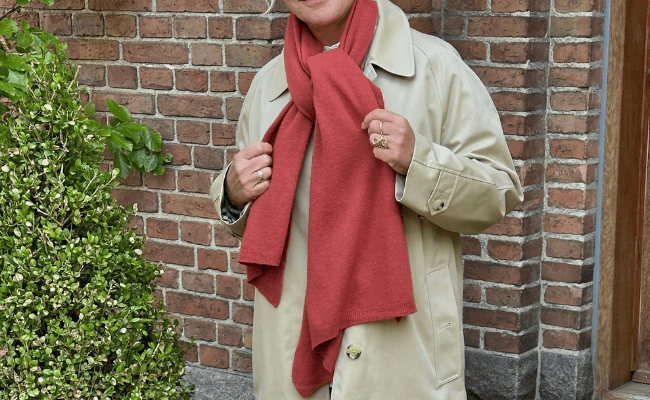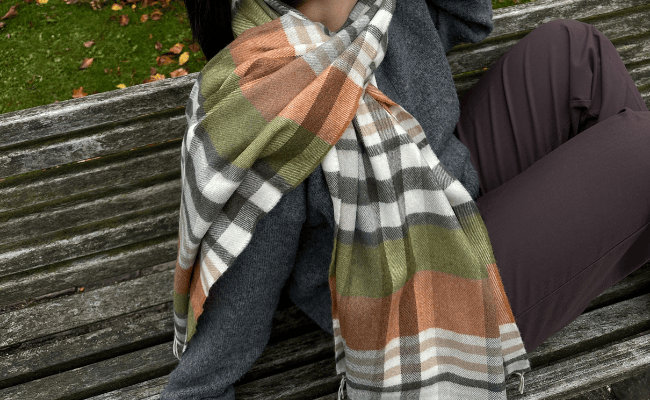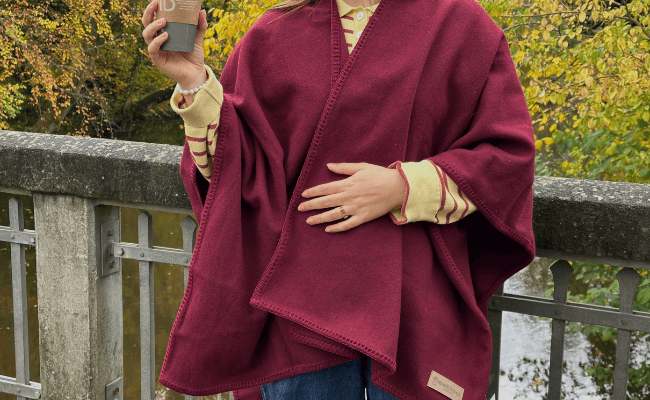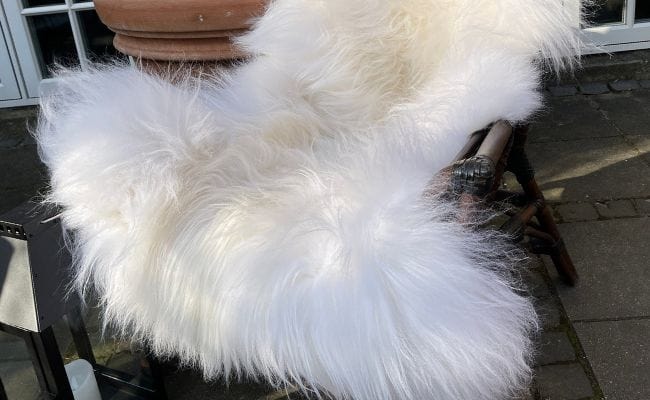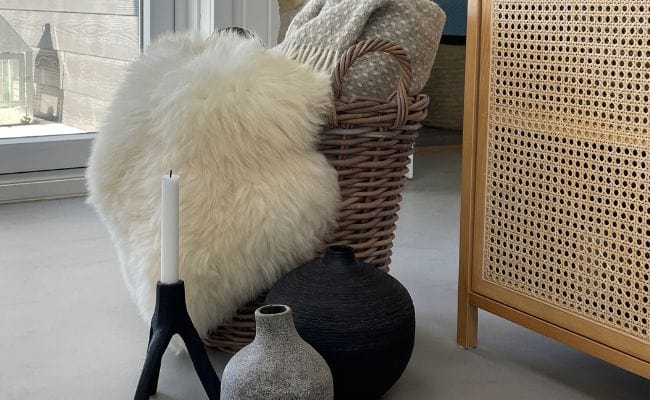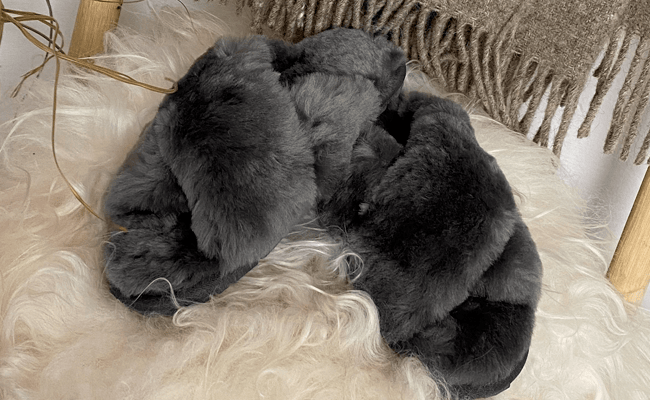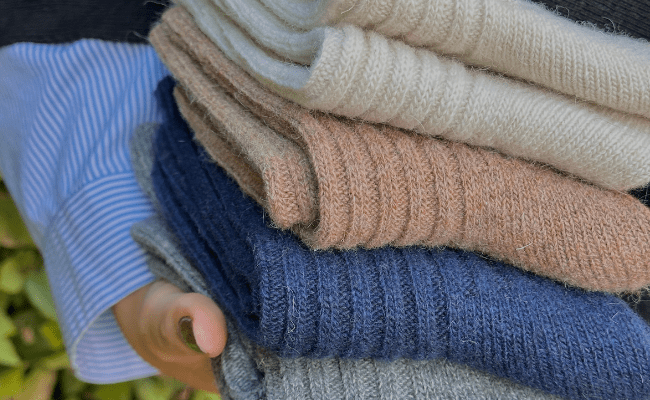
Shawl in 70% baby alpaca wool and 30% silk - Pink
FREE SHIPPING ON THIS PRODUCT
Delivery time: 1-3 business days
14-day return policy
Free shipping on purchases over DKK 699,- otherwise from DKK 29,-
Questions? Tel.: +45 25 40 66 40
100% Danish-owned webshop & environmentally friendly packaging.
- Product number : DKCHC-104-pink
- Target : 200x70cm
- Color :
- Materials :
- Weight :
- Pattern : Solid color
- Details : Fringes at the ends
- Certification : OEKO-TEX® STANDARD 100
- Origin : Peru
- Produced : Peru
Choose options


The origin of the alpaca
Alpaca wool originates from the beautiful and rugged Andes Mountains of South America, where alpacas, with their magnificent fur, have been a central part of Andean culture for centuries. This extraordinary type of wool has been celebrated worldwide for its unique qualities and rich history.
The origins of alpaca wool can be traced back to the majestic alpacas that inhabit the high peaks and barren plains of the Andes in countries such as Peru, Bolivia and Ecuador. These animals have developed a coat of incredible softness and warmth to survive the harsh climate where temperatures can fluctuate drastically between day and night.
Alpaca wool is distinguished by its extraordinary softness, often compared to the quality of cashmere. The fibers are finer and more luxurious than traditional sheep's wool, resulting in a material that is light, warm and incredibly comfortable against the skin. At the same time, alpaca wool is also known for its durability and strength, making it an ideal choice for textiles that will be used and enjoyed for many years.
The natural color palette of alpaca wool ranges from the classic shades of white, gray and brown to more rare and vibrant colors such as deep cobalt blue and rich rubies. Alpaca wool can also be easily dyed, giving designers and manufacturers a wide range of options to create beautiful and unique textiles.
In addition to its unique properties, alpaca wool is also valued for its sustainability and environmental friendliness. Alpacas require minimal care and graze naturally on the desolate hillsides, making them a resource-efficient and sustainable source of wool.

Crafts from Peru
Peruvian alpaca weaving is more than just a tradition; it is an expression of culture, history and craftsmanship that goes back thousands of years. In the beautiful slopes of the Andes Mountains of Peru, the alpaca has been a central part of the lives of the local people for centuries, and weaving alpaca wool has become an integral part of their identity and heritage.
The Peruvian weaving tradition is deeply rooted in respect for nature and sustainable production methods. Local weavers often use natural dyes from plants, minerals and insects to create the vibrant and beautiful colors that characterize Peruvian textile art. This not only ensures an authentic and unique aesthetic, but it also promotes environmental conservation and emphasizes the importance of respecting and protecting nature.
Peruvian weaving techniques have been passed down from generation to generation and include complex patterns that tell stories about the people, nature and the cosmos. Many of these patterns have deep symbolic meanings and reflect the spiritual and cultural heritage of the indigenous communities of the Andes.
Each piece of Peruvian alpaca weaving is a work of art in itself, carrying with it centuries of culture, tradition and mastery of craftsmanship. When you choose Peruvian woven alpaca, you are not only choosing a beautiful product, but you are also supporting a rich cultural heritage and sustainable production practices that have survived centuries.


